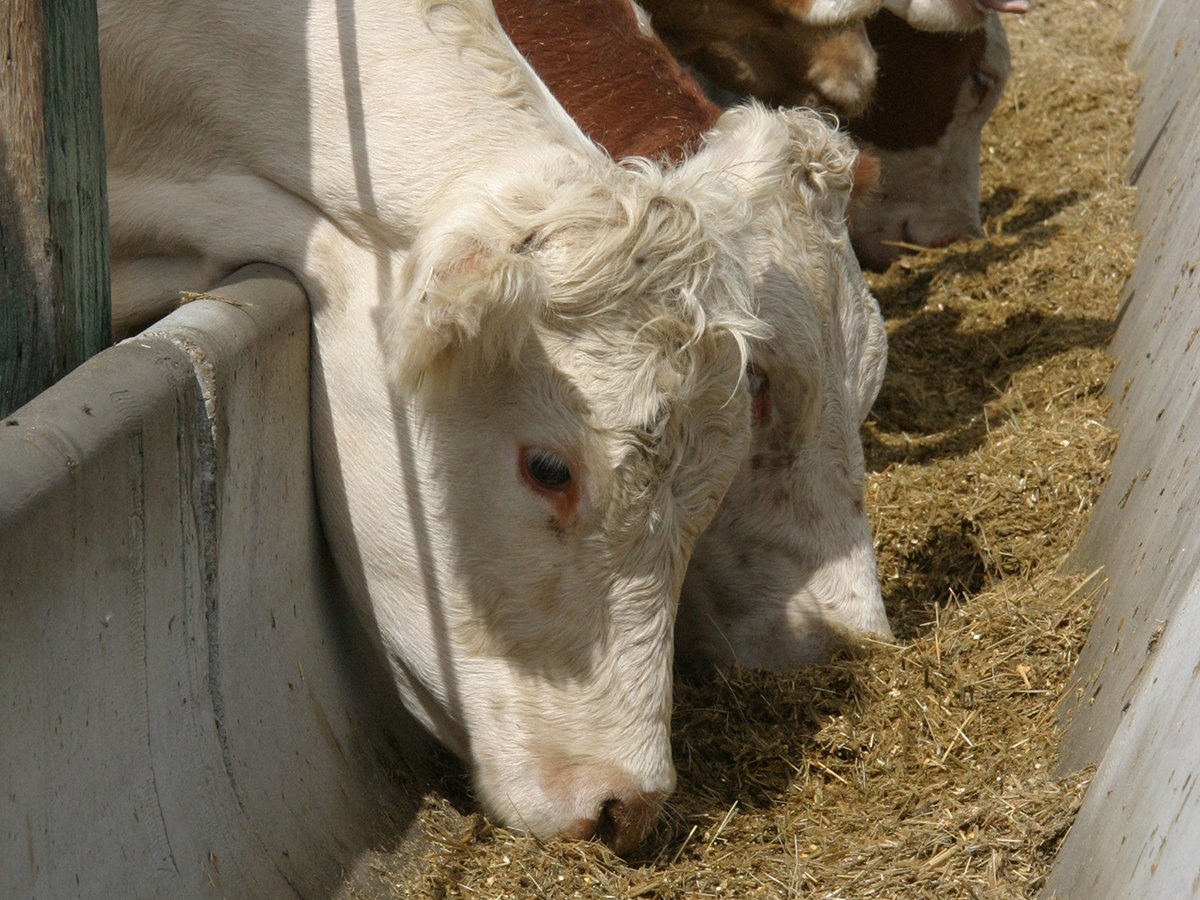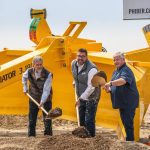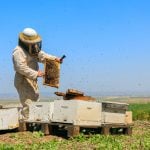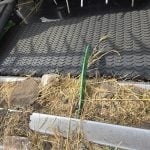Rolling oats costs more | Live weights, carcass weights, grades and dressing percentages showed no statistical difference
Feeding rolled oats to bison costs more than feeding whole oats and has no effect on the finished animal.
Jayson Galbraith, a bison specialist with Alberta Agriculture, said a study conducted in the summer and fall of 2012 found it cost $15.25 more per feeding to roll the oats.
“We found some increased costs in rolling (and) a benefit to the electric roller,” he told the Canadian Bison Association’s annual convention.
“The end live weights, carcass weights, grades and dressing percentages show no statistical difference between rolled and whole oats.”
Read Also

Alberta cattle loan guarantee program gets 50 per cent increase
Alberta government comes to aid of beef industry with 50 per cent increase to loan guarantee program to help producers.
The study took place at Canadian Rangeland Bison and Elk near Lacombe, Alta. Chief executive officer Thomas Ackerman said it was important to conduct the study in a commercial setting.
“We need to finish animals at the proper level,” he said. “However, it has to be done in the most economical way.”
The 90-day study included 200 bulls in 10 pens on 30 acres at his facility.
Each pen had a 24-foot feed bunk for the 20 bulls, allowing lots of room for all of them to eat. Minerals were fed as part of the feed and salt blocks were placed in the bunks.
Half of the pens received whole oats and half received rolled oats. The study used Morgan oats.
Ackerman said an electric mill was used to roll the oats half the time and a power take-off powered mill was used the other half.
“We tried to stay in the real world as much as possible. Nothing was adapted on the machinery.”
Some real world issues were at play, however. Two bulls were able to jump into different pens despite the use of 5.5-foot heavy-duty panels, Ackerman said.
Last year was also bad for mycoplasma in bison cow herds. Ackerman said he thought the trial would be unaffected because no cows were on site, but a pneumonia outbreak occurred among feeder cattle in a different area of the farm halfway through the study.
That triggered mycoplasma, which spread, and eventually five bulls were lost from the trial.
Ackerman said he also noticed that pink eye affects feeding. The healthier animals would push away bulls with just one eye infected, even with only 20 in a pen and lots of feed bunk space.
The animals moved to slaughter in Lacombe in pairs that included one from each feeding method. Two were condemned at that point when scar tissue and pus from mycoplasma was discovered.
However, no difference was found in the end between the two feeding groups in the percentage of carcasses that graded A1, A2, A3 or B, said Galbraith.
“That was one of the things we wanted to measure and take note of because at the end of the day, that’s one of the things that could affect payment and the bottom line.”
Future studies will be required to determine the reason for that.
One producer at the convention asked if consumption of one type of feed was higher than the other.
Ackerman said the researchers couldn’t see a difference between groups. There was more variety within the pens than between the pens, he added.
Galbraith said a benefit of the study is that 10 pens are ready to go for future trials in a commercial setting.
Ackerman said he still has a mill sitting around and probably for sale.















